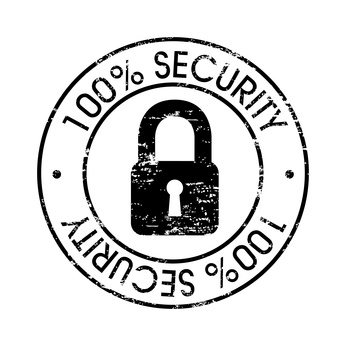Bad Publicity: How to Protect your Brand
There isn’t a brand out there that hasn’t experienced an instance of something going wrong. With the lightning fast reach of the Internet news about this incident can spread like wildfire. Be it a product that just flops after launch or an ex employee trying to get back at his or her employer, the sky is the limit with things that can happen.
This potentially can lead to poor showings on Wall St. or for smaller brands in the community paper. No one is immune. And it’s doesn’t really matter how careful you are. Be prepared. Lots can happen.
It is not always possible to avoid these issues. Sometimes, they are just beyond our control. However, you can develop a plan and manage the situation so that it does not spiral out of control by implementing a plan for a crisis. By doing this you can ensure that you are just not reacting but working to fix a PR crisis and staying on the message as to what went wrong and how you plan on rectifying the situation.
That is why brands need to learn how they can develop a plan that is foolproof and allows them to manage their reputation not only through traditional PR, but also online before the incident becomes a problem that will be difficult to manage.
You Need a Plan
The best way to start implementing such a plan is to hold brainstorming sessions with the major stakeholders at the company. You should be discussing the situations that can occur at the company that would requires such a plan to be in place. It could be a faulty product, your long time CEO suddenly quits, a former employee goes on a Social Media defaming rampage. How would your organization react to such potential situations?
Before you do anything or hold that first meeting, study how other brands of your size and credibility have lessened the impact when receiving bad publicity. See not only what they say, but what they don’t/
Let’s face it, when drama hits your brand, it can numb the entire company, as you are all in a state of shock. Who delivers a statement to the press? Who gets our message out to all your social media channels? What do they say?
PR Disasters: Two Kinds
While PR disasters all don’t fit into the same mold, there are two kinds of disasters that pretty much all fit into.
Guilt by Association – An employee or spokesman is implicated doing something bad that rubs the brand’s image the wrong way. In the Tour De France, a brand Ambassador and someone who was thought to be a role model for Cancer Survivors, Lance Armstrong was stripped of seven trophies due to blood doping.
A brand is directly responsible – British petroleum’s 2010 oil spill is a good example of an instance where the company was directly responsible for an environmental disaster.
Staying Ahead of the Curve
Brands need to stay ahead of the curve as the drama is unfolding on the television sets, on the Internet and in the public sphere. The speed it takes the company to respond is also a major factor. Not just to respond but to do in the most professional way possible. To be transparent.
What you don’t want to do is be on the defensive, trying to lay the blame for your PR debacle on someone else. Staying silent is not an option. You need to come clean. It is paramount to protecting your brand.
Now, not matter what you do, all this can harm your online reputation, so you need to move into brand protection mode. You may want to take a look into an online reputation management service or do it in house by using a bunch of free tools. Remember, the more positive news you have about your company online, the better you an bury any negative publicity to the later pages.
